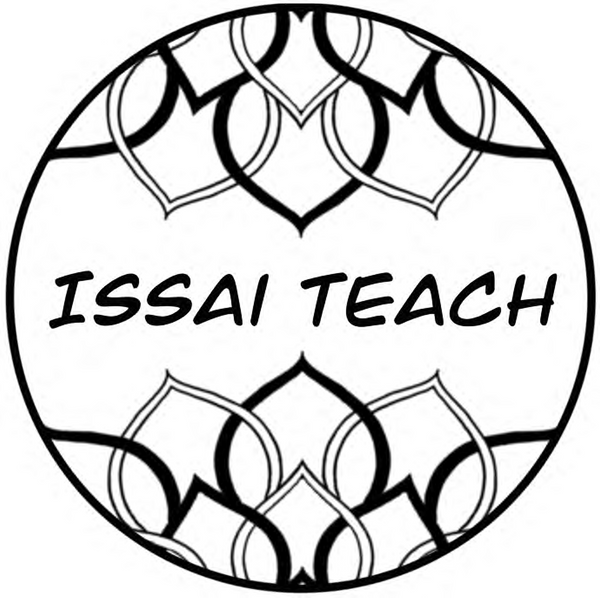Basic Question Formation in French (Est-ce que, Inversion)
Asking questions is a fundamental part of any language, and French is no exception. There are several ways to form questions in French, with "est-ce que" and inversion being the most common and versatile methods. Understanding these structures will help you communicate more effectively and engage in conversations with ease.
Using "Est-ce que" to Form Questions
"Est-ce que" is a straightforward way to form yes/no questions in French. It is equivalent to adding "do" or "does" in English questions and is used at the beginning of a statement to turn it into a question.
Structure:
- Est-ce que + subject + verb + (rest of the sentence)?
Examples:
-
Est-ce que tu parles français ?
- Translation: Do you speak French?
-
Est-ce que vous avez des questions ?
- Translation: Do you have any questions?
-
Est-ce qu'il vient ce soir ?
- Translation: Is he coming tonight?
Using Inversion to Form Questions
Inversion is another common way to form questions in French. This method involves inverting the subject and the verb. In written French, this is a more formal way to ask questions, but it is also used in spoken French, particularly in more formal contexts.
Structure:
- Verb-subject + (rest of the sentence)?
Examples:
-
Parles-tu français ?
- Translation: Do you speak French?
-
Avez-vous des questions ?
- Translation: Do you have any questions?
-
Vient-il ce soir ?
- Translation: Is he coming tonight?
Note:
- If the subject is a noun, you keep the noun at the beginning of the question and add the appropriate pronoun after the verb.
-
Marie parle-t-elle français ?
- Translation: Does Marie speak French?
-
Marie parle-t-elle français ?
- If the verb ends with a vowel and the subject begins with a vowel, add a -t- between the verb and the subject to make the pronunciation smoother.
-
Aime-t-il la musique ?
- Translation: Does he like music?
-
Aime-t-il la musique ?
Intonation in Spoken Questions
In spoken French, you can also form questions simply by raising the pitch of your voice at the end of a statement. This method is informal and commonly used in everyday conversations.
Examples:
-
Tu parles français ?
- Translation: You speak French?
-
Vous avez des questions ?
- Translation: You have questions?
-
Il vient ce soir ?
- Translation: He is coming tonight?
Wh-Questions (Interrogative Words)
For questions that require more than a yes/no answer, you can use interrogative words such as "qui" (who), "que" (what), "où" (where), "quand" (when), "pourquoi" (why), and "comment" (how). These can be used with either "est-ce que" or inversion.
Examples with "Est-ce que":
-
Qui est-ce que tu vois ?
- Translation: Whom do you see?
-
Où est-ce que vous habitez ?
- Translation: Where do you live?
-
Pourquoi est-ce qu'il est en retard ?
- Translation: Why is he late?
Examples with Inversion:
-
Qui vois-tu ?
- Translation: Whom do you see?
-
Où habitez-vous ?
- Translation: Where do you live?
-
Pourquoi est-il en retard ?
- Translation: Why is he late?
Practice Examples
-
Est-ce que tu aimes le chocolat ?
- Translation: Do you like chocolate?
-
Parles-tu anglais ?
- Translation: Do you speak English?
-
Où est-ce que vous allez ?
- Translation: Where are you going?
-
Quand partons-nous ?
- Translation: When are we leaving?
-
Comment est-ce que tu fais ça ?
- Translation: How do you do that?
-
Pourquoi rit-elle ?
- Translation: Why is she laughing?
Mastering the formation of questions in French using "est-ce que" and inversion is crucial for effective communication. Whether you're asking simple yes/no questions or more detailed wh-questions, understanding these structures will enhance your ability to engage in meaningful conversations.
